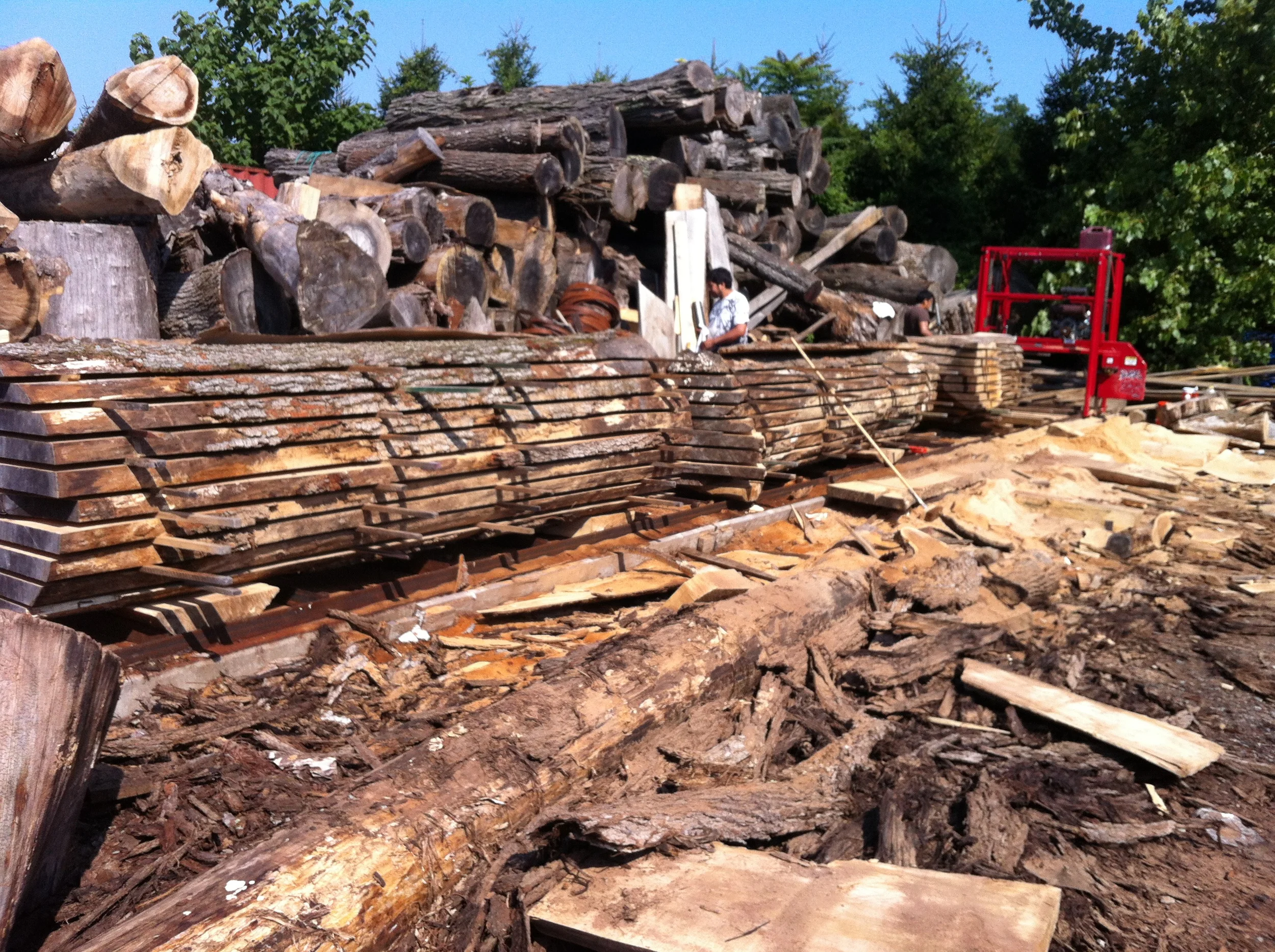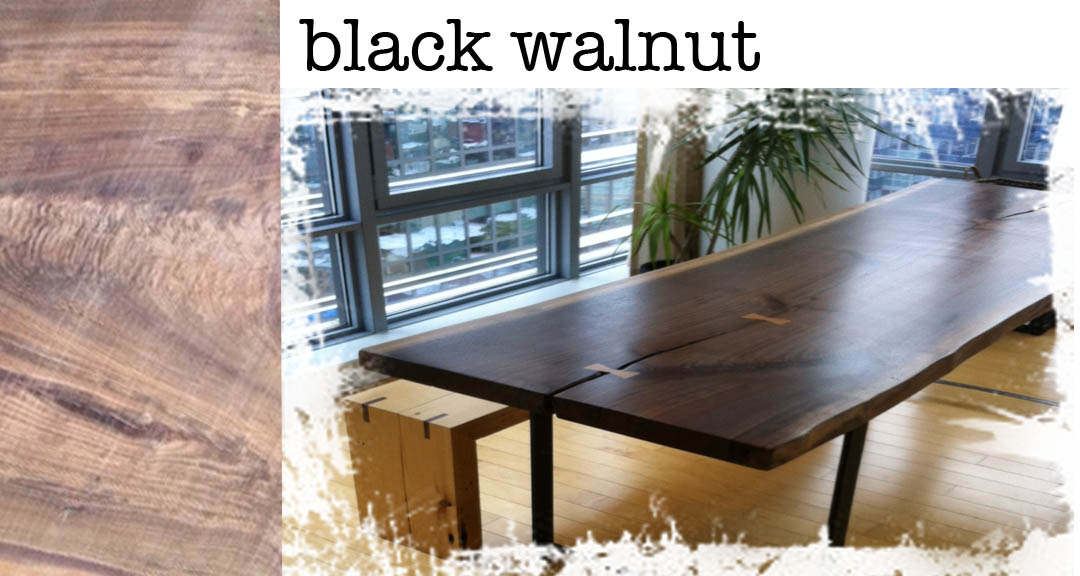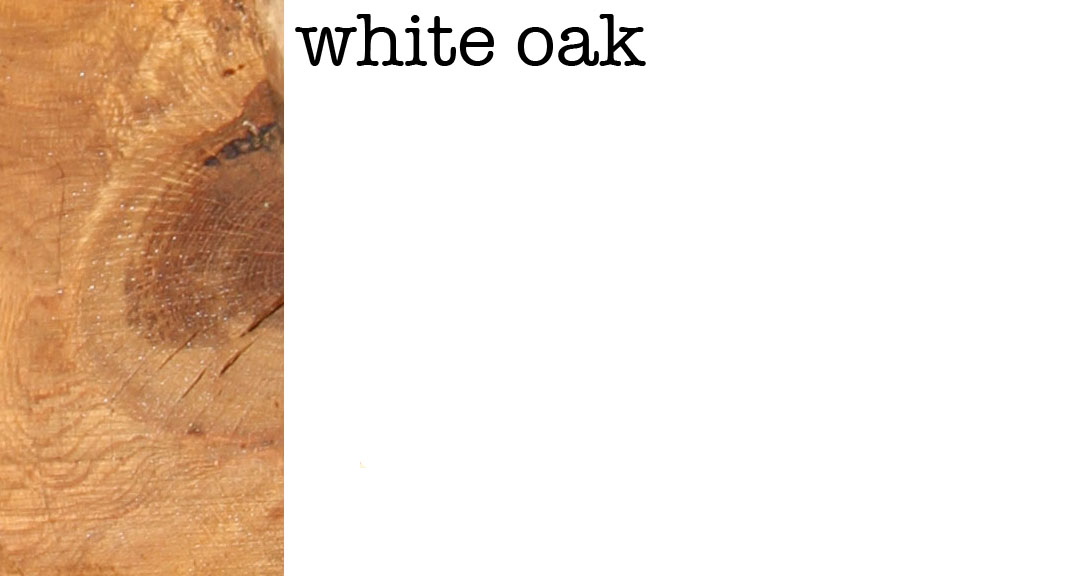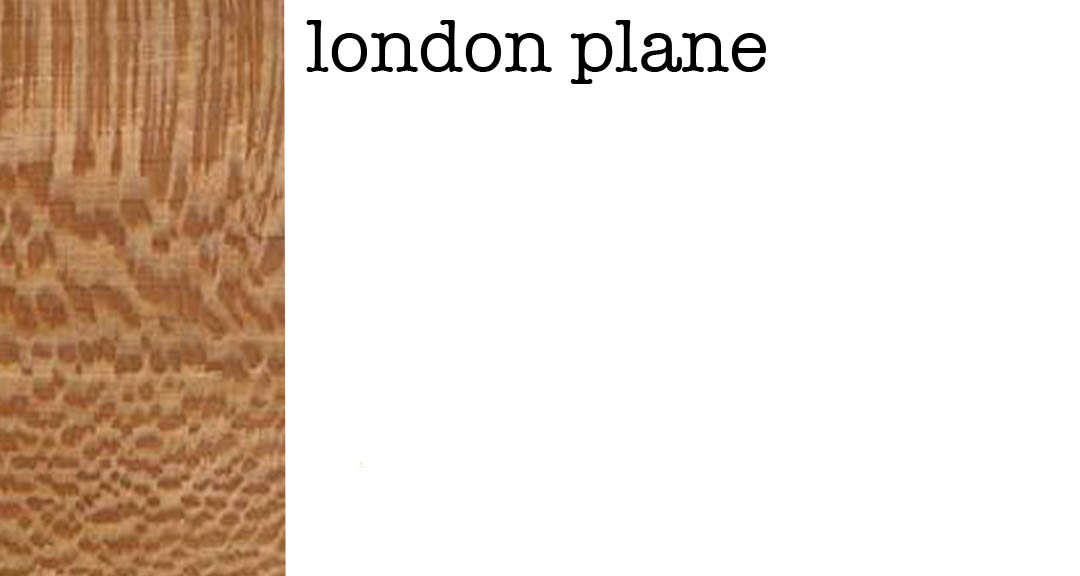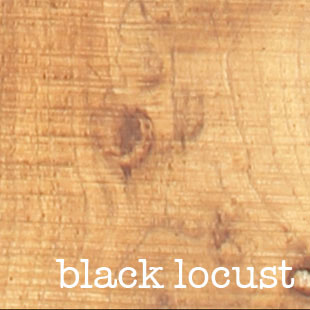s l a b s
OUR WOOD: Most of our trees are local and come from within 20 miles of New York City. Some of these trees may be over 200 years old and have lived through significant historical events in the famous New York City parks that we know and love. As trees in the five boroughs are taken down for various reasons, they are usually turned into mulch or firewood. NYCitySlab saves these trees so that you can give them a second chance at life in your home. To date, we have sourced wood from the aftermath of Super Storm Sandy in the following places: Lower East Side waterfront parks, Peter Cooper Village / Stuyvesant Town, Savoy Park Apartments, and Riverton Houses.
OUR SLABS: We sell full length boards and will custom cut to your specifications. We can cut 45" wide by 45' long. We always try to keep slabs from the same tree together, matching the grain and allowing you to create projects out of one New York City tree. They are great for bartops, tabletops, desks, counters, benches, etc.
Please click the tree types below to view our inventory. Contact us about availability and size.
O T H E R W O O D T Y P E S
Honey Locust (Gleditsa triacanthos)
Tree: Can reach a height of 80 ft., with a diameter of 3 ft.
Wood: Sapwood is yellowish and wide and heartwood is light red to reddish brown. It is very heavy and very hard, tough, strong, with a high luster. The texture is moderately coarse, with straight to irregular grain.
Working Properties: Honey Locust is not easy to work, but finishes smoothly.
Uses: Fence posts and rails, general construction, furniture, interior trim.
Sassafras (Sassafras albidum)
Tree: Sassafras can reach a height of 90 ft. and a diameter of 5 ft.
Wood: Heartwood is pale brown to orange brown, resembling ash or chestnut; sapwood is a narrow yellowish-white. The wood is coarse-grained, straight, brittle and soft. Sassafras is a ring-porous species.
Working Properties: Easily worked and finishes well.
Uses: Lumber, furniture, posts, fence rails, kindling, boxes, slack cooperage, general millwork, small boats.
Hickory (Carya ovata)
Tree: Hickory can grow up to 140 ft., with a diameter of 4 ft.
Wood: Sapwood is white, tinged with brown, and the heartwood is pale to reddish brown. The wood is known for its strength and shock resistance.
Working Properties: Hickory is considered difficult to machine and glue. It tends to split but holds nails well.
Uses: Tool handles, furniture, cabinetry, ladder rungs, dowels, sporting goods (including baseball bats, skis and archery equipment), flooring, veneer, plywood.
Butternut (Juglans cinerea)
Tree: Butternuts can reach a height of 100 ft., and a diameter of 3 ft.
Wood: Sapwood is narrow and white to light brown, while heartwood is chestnut brown with red tinges. The growth rings are distinct, with a marked difference between the size of the earlywood and latewood pores. Butternut is similar to black walnut but lighter in color and weight.
Working Properties: Wood generally has straight grain, works easily with tools and takes a rich, lustrous finish.
Uses: Lumber, furniture, boxes, crates, millwork, veneer.
American Beech (Fagus grandifolia)
ree: Beech can reach a height of 130 ft., with a diameter of 3-5 ft.
ood: Color is typically a pale cream, sometimes with a pink or brown hue. Growth rings are distinct due to decreased latewood pore frequency.
Working Properties: Machines well and glues, finishes and turns well. It also responds wonderfully to steam-bending. Grain is straight with a fine to medium uniform texture. Moderate natural luster. Beech does have a large amount of movement in service so movement and stability need to be kept in check.
Uses: Lumber, veneer, flooring, railroad ties, musical instruments, furniture, turned objects and other small wooden objects.
Black Locust (Robinia pseudoacacia)
Tree: 100 ft., with a diameter of 3 ft.
Wood: Color can range from a pale greenish-yellow to a darker brown. Tends to darken to a russet brown with age. Can be confused with osage Orange or Honey Locust in some instances.
Working Properties: Characteristics are mixed: although the grain is usually straight with a medium texture, its high density and hardness can make it difficult to machine. Responds very well to both lathe turning and steam bending; glues and finishes well.
Uses: Fence posts, boats, flooring, furniture, mine timbers, railroad ties, turned objects and veneer.
Milled Date: September 2013
Approx Size: 8'L x 18"W x 2"D
Origins: Westchester, NY
Yielded Slabs: 8
BlackLumberjack says: Eastern white cedar.
Catalog #C_1

